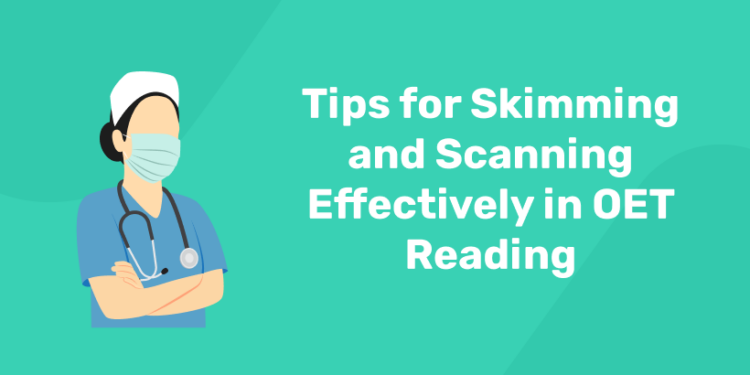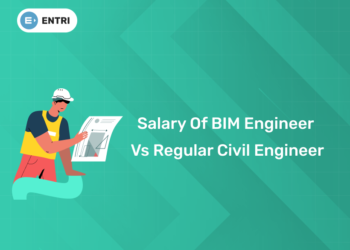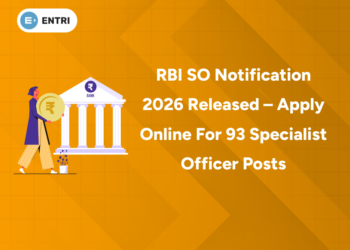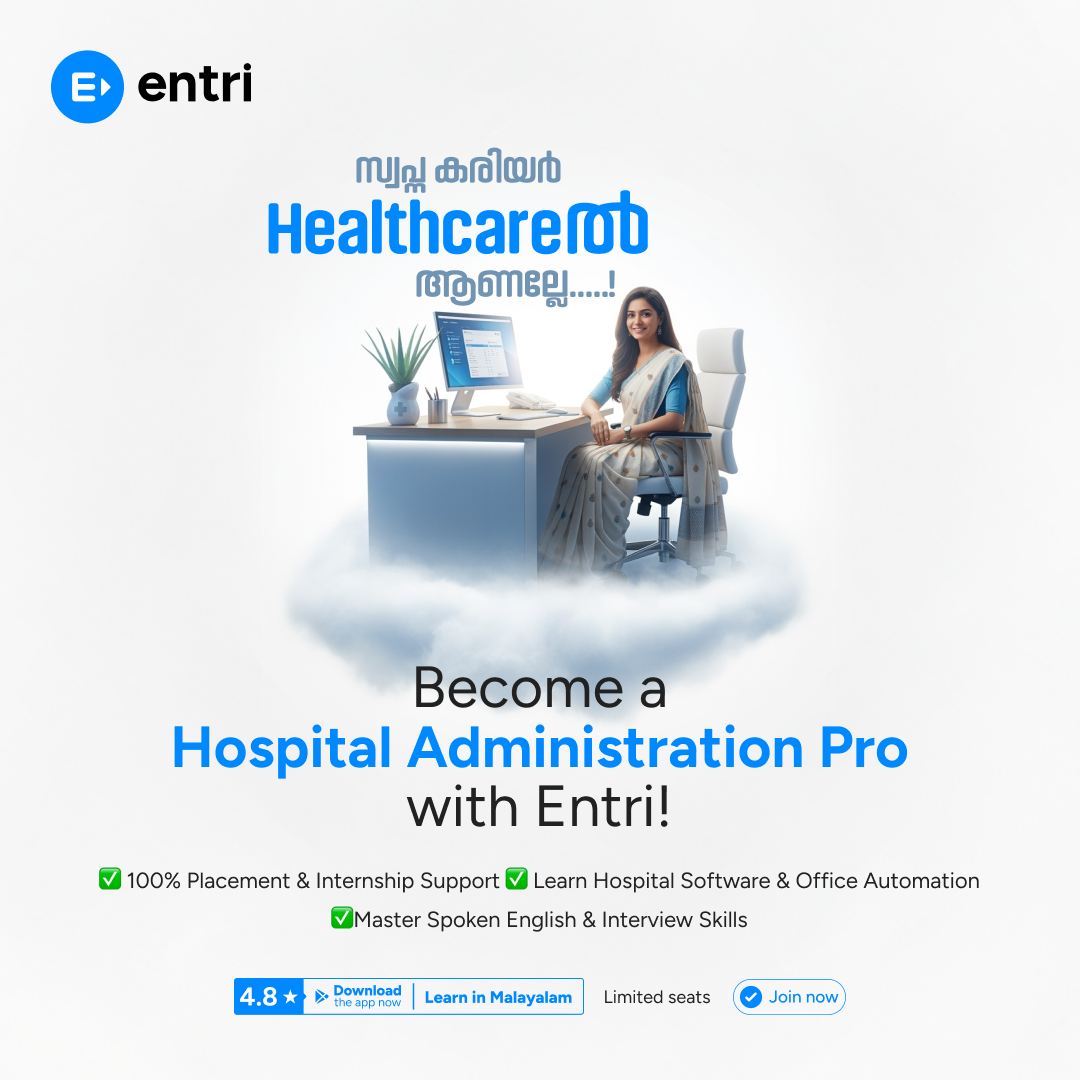Table of Contents
The Occupational English Test (OET) is an exam used to evaluate a person’s English proficiency for medical professionals. It consists of four components, including a reading section. The “Skim and Scan” technique is employed not only in the reading section but also in the other modules. This technique is designed to test the accuracy of the test-taker in a limited time period. By utilizing the “Skim and Scan” method, it is possible to get the best possible grade on the reading section of the OET. This technique is widely known as a reliable and efficient way to read rapidly and accurately. Master the art of efficient skimming and scanning techniques in OET Reading with expert tips.
Tips for Skimming and Scanning Effectively in OET Reading
Enhance your comprehension and time management skills for success in the Occupational English Test (OET) reading section using the tips provided in this article.
What is Skim:
Skimming involves quickly looking through a text to get a general idea of its contents, structure, and writing style. It is used when you don’t need specific information, but just an overview. An example of when skimming might be used is when selecting a book to read; you can quickly look through to determine if it is of interest.
What is Scan:
Scanning is a useful technique for quickly locating specific information in a text. It involves quickly searching through a document to find a particular piece of information, such as a name, place, object, or date. For example, when searching a medical record for a particular disease name or treatment, scanning can be used to quickly find the desired information without having to read through the entire text. Scanning is a fast and efficient method of finding the information you need.
Steps for Approaches:
1. Underline/understand key words/phrases.
2. Thoroughly read title or glance at illustrations for skimming.
3. Highlight context or word when finding nearest word for scanning.
4. Place word or selection in given space and verify correctness.
If you are looking to achieve success on the OET, it is essential to make sure that you are adequately prepared. This involves allocating enough time to practice and study the material. To gain experience with the format of the test and get familiar with the types of questions, taking OET mock tests, both online and offline, is beneficial. Additionally, having a tutor or experienced friend to guide you through the process can greatly help in ensuring that you are properly equipped for the exam.
Unlock your professional potential with our specialized OET course! Book for a Free Demo Class!
Why is Scanning Important?
Scanning is not unique to healthcare, everyone uses it in their everyday life. However, doctors, nurses and other healthcare professionals tend to be more time-poor, requiring them to quickly find and use information.
Time spent reading through a document could be time spent helping a patient. Further, due to the information in these documents being highly important to diagnose and care, getting it right is essential.
How do I Scan for Information?
Scanning allows you to quickly move through large amounts of information to find specific information. To do this you will need to skip large chunks of information, focusing only on the correct information you’re looking for. However, you also need to do this effectively or you risk missing key information.
Take a look at the steps below to help you scan effectively:
1. Know what you’re looking for
Before you start scanning, you will already have a good idea of what detail it is you are looking for. This will help you move your eyes quickly over the page to find what you want to know. For example, it may be your task to check when the patient had their last dose of medication. Looking at their patient record, you will ignore all the information which is not about medication and then move your eyes quickly to check the last time recorded against it.
2. Identify key terms and move quickly
Once you know what you’re looking for, identify the key terms, phrases and names you need to look for.
Move your eyes quickly over the text, scan for the key details and ignore everything that is not relevant.
3. Read the rest of the text
When you find the key details, read the surrounding words (and sentences).
Read through these to check the details you’ve found are the ones you want.
What’s the Difference between Skimming and Scanning?
People will often confuse scanning with another reading skill: skimming. While they both involve reading through a text quickly, they involve searching for different kinds of information.
| Skimming: | Scanning: |
| Looking for the general meaning | Looking for specific information |
Skim and Scan
1: What is the primary purpose of a patient’s discharge summary?
Practice skimming and scanning techniques regularly to improve your speed and accuracy in locating key information within texts. Skimming helps you grasp the main idea while scanning helps you find specific details quickly. Mastering the art of skimming and scanning is an indispensable skill for anyone navigating the seas of information, especially within the context of the OET Reading sub-test. Regular practice of these techniques serves as a compass guiding test-takers towards enhanced efficiency and precision in swiftly deciphering textual landscapes. Skimming, the first facet, functions as a telescopic view, enabling readers to swiftly traverse the surface of a text, capturing its essence and primary themes. This method allows candidates to swiftly identify the overarching message, providing a solid foundation upon which to build further understanding.
Complementing skimming is the technique of scanning, a finely tuned radar system that aids in swiftly pinpointing specific details embedded within the text. By applying this technique, candidates can effectively zero in on crucial pieces of information, ensuring they efficiently answer questions that require precise data. Through dedicated practice of skimming and scanning, candidates not only enhance their ability to navigate the intricacies of healthcare-related texts but also cultivate a strategic advantage in the OET Reading sub-test, propelling them toward success.
Crack OET & Boost Your Healthcare Career!
OET Coaching by Entri App: Get expert guidance, practice with real exam scenarios, and achieve your target score to advance your healthcare career.
Join Now!Skimming Skills
- Start by previewing the text:
Understand the content by reading the title, headings, subheadings, and any highlighted or bolded text is beneficial.
- Take a moment to read the first and last paragraphs:
Usually, they offer an opening and a closing that helps you comprehend the text.
- Pay attention to keywords and phrases:
Look for words or phrases that relate to the topic or main ideas.
- Move your eyes quickly over the text:
Instead of reading every word, let your eyes move swiftly across the lines, stopping only at essential points.
Skimming is a useful technique if you want to grasp the main concept of a text quickly. When skimming, you read each paragraph’s title, headings, and first sentence.Identify important words by looking for bold or italicized text. Skimming helps to understand content and relevance quickly.
Unlock your professional potential with our specialized OET course! Book for a Free Demo Class!
Scanning Skills
- Is there a specific question or information to inquire about?
Scanning is helpful for specific details, such as names, dates, or keywords.
- Use your finger or a pen:
Place it on the page and move it quickly from left to right or top to bottom, guiding your eyes to locate the specific information you seek.
- Look for visual cues:
Numbers, bullet points, and bold or italicized text help you spot the desired information more easily.
- Pay attention to headings, subheadings, and keywords:
These can direct you to the relevant section or paragraph where the information might be located.
- Practice with timed exercises:
Set a timer and practice scanning for specific information within a given time frame to improve your speed and accuracy.
When scanning, you look for specific words or phrases. Use the scanning method to quickly find specific information by reading each paragraph’s first and last sentence or scanning vertically for keywords.
Tips for Skimming and Scanning
Here are some tips for skimming and scanning:
Read the title and headings. Look for bold/italicized words, headings, or titles, then search for what you need.
When skimming and scanning, you aim to get the main idea or find specific information. With practice, you can learn to skim and scan quickly and efficiently. These skills can help you save time when reading and help you to be a more effective reader.
Here are some additional tips for skimming and scanning:
Use a timer. Set a timer for 10 minutes and see how much of a text you can skim or scan in that time.
Practice with different types of texts. Practice skimming and scanning different texts, such as news articles, textbooks, and novels.
Get feedback. Consider asking a friend or family member to provide feedback to improve your skimming and scanning skills.
Get your Desired OET Scores in Weeks! Get Free Demo Class Here!











